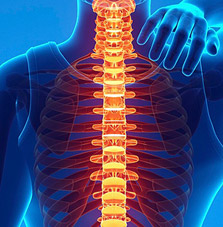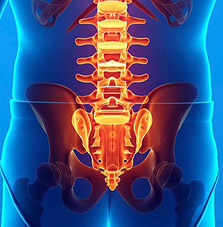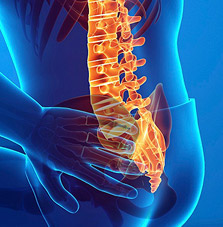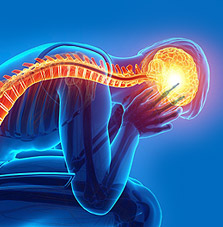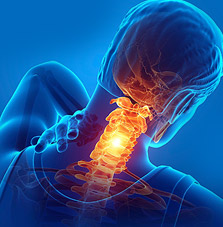
These spine and neck MRI scans are offered in combinations to precisely reflect the location of your pain and using the company’s unique variPOSE sequencing, which examines your spine in different positions in sitting or standing positions under the weight of gravity. This gives a more dynamic realistic picture of what is happening in the spine and related joints such as the sacroiliac joints, when under normal everyday pressures, rather than when lying down as required for a tunnel MRI scanner.
There are a number of other advantages of having spine and neck MRI scans upright. These include the fact that in a seated position it may be possible to measure disc bulges more accurately and how far they may slip forward or backwards in alignment compared to being laid flat, as well as potentially give a more accurate picture of how much the canal width in the spine has been reduced.
The seated and open design of upright scanners also makes it more comfortable for patients whose back pain is brought on by laying on their back to be scanned. It can also be easier for patients whose spine is scoliotic (curved sideways), or kyphotic (an excessive outward curve of the spine resulting in an abnormal rounding of the upper back).
Unlike x-ray images, spine and neck MRI scans can give a clear picture of soft tissue, differentiating between different types of tissue and show inflammation in the spine.
Medserena offers also includes specialist scans to examine soft tissue in the neck and investigation of instability in the craniocervical junction (where the skull joins the top two vertebrae in the cervical section of the spine.) Your referring physician, or if you are self-referring, one of our qualified radiographers, will be able to advise which type of spine and neck MRI scans or combination of MRI scans is most appropriate to investigate your back pain.


